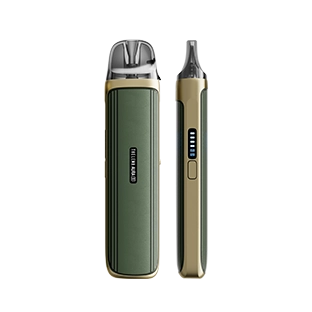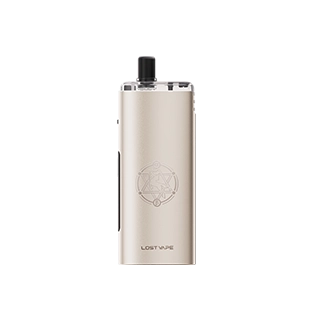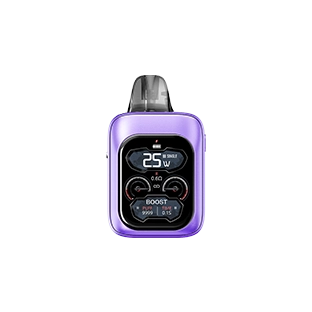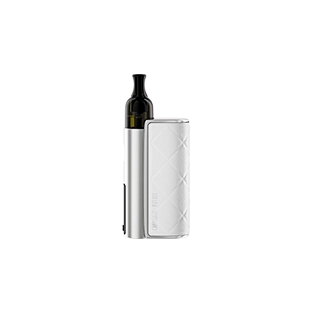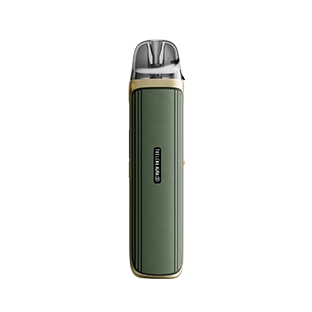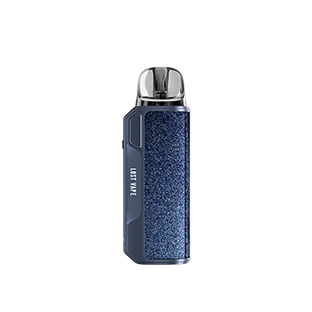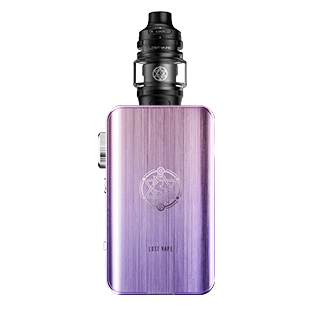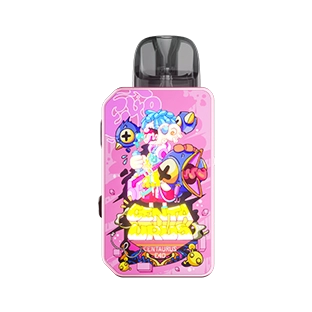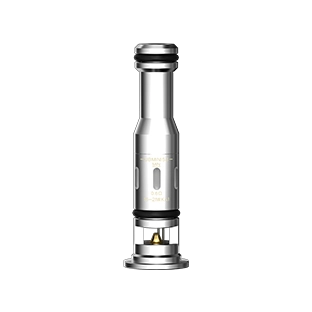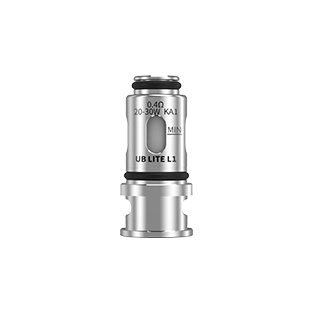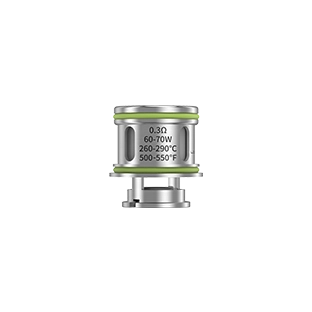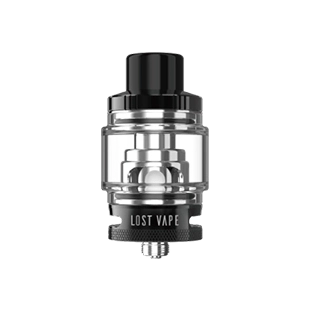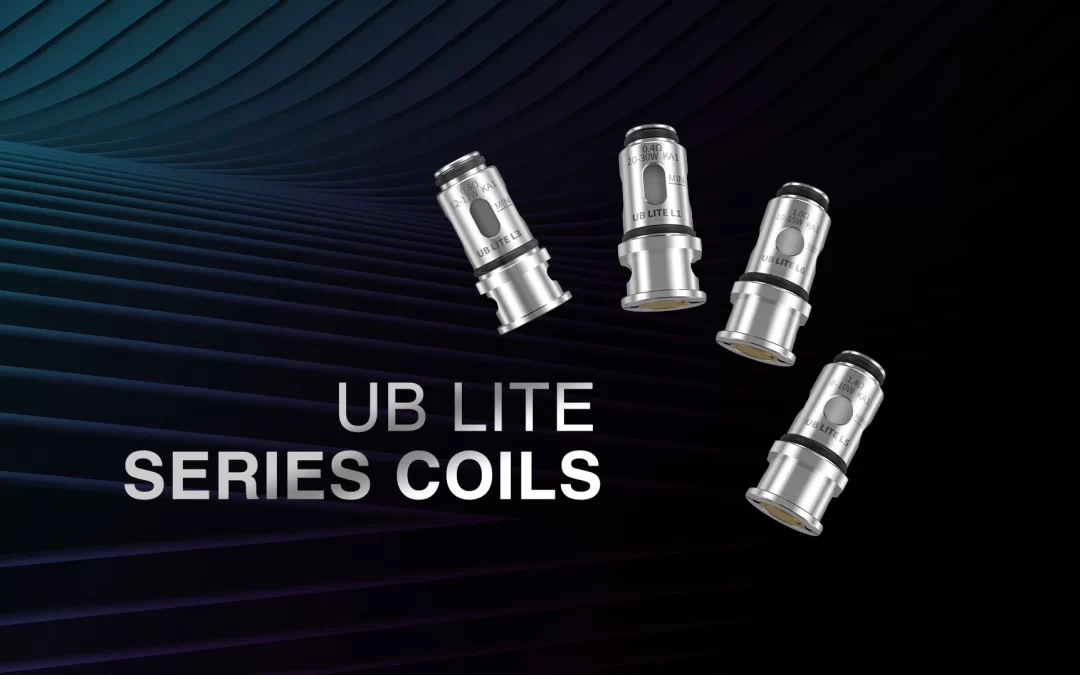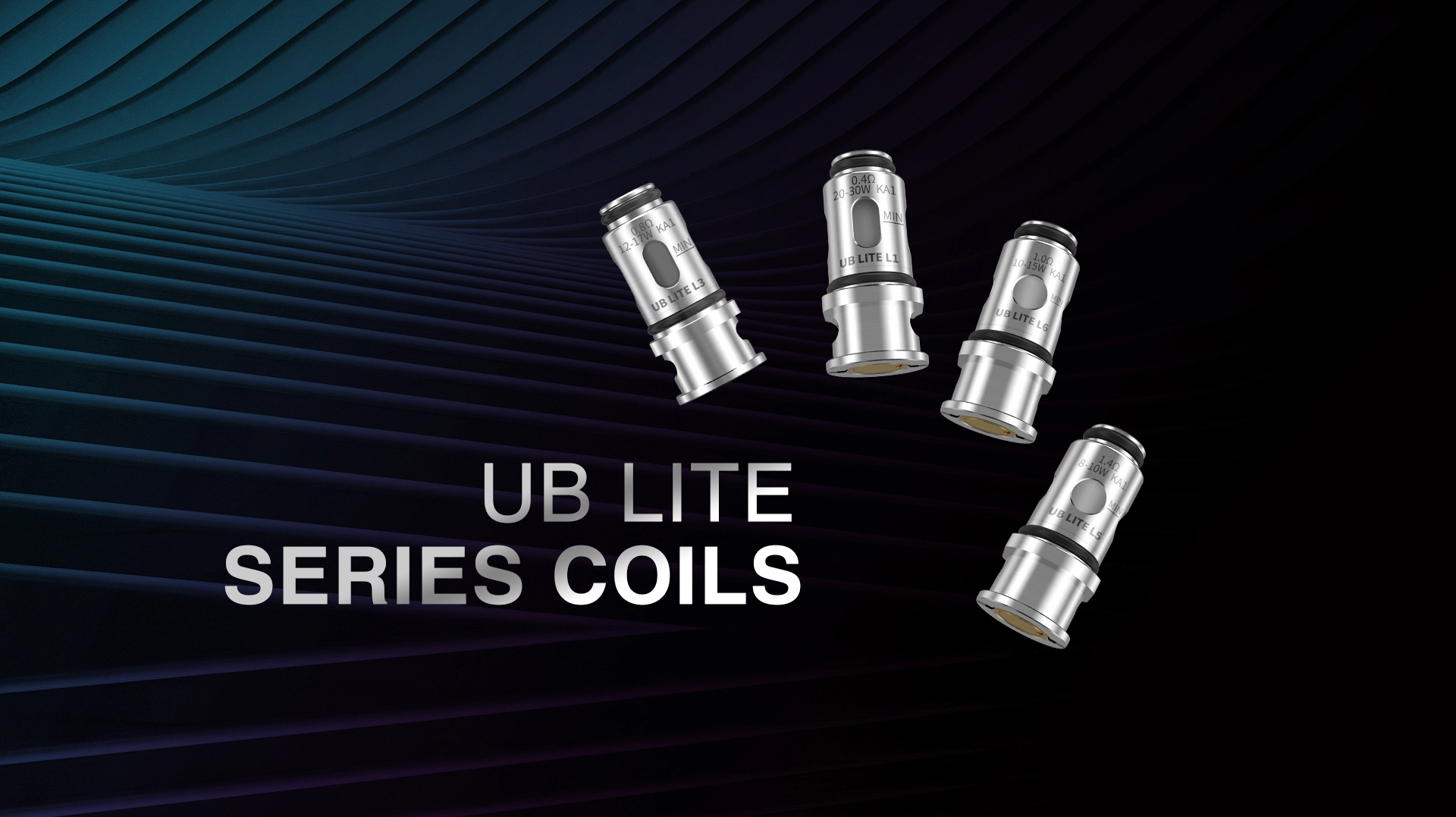
July 1, 2025 / Blog / By administrator
Effect of Differences in Pod Kit Coil Conductivity on Flavo
The conductivity of a pod kit coil refers to the ability of the coil to conduct heat efficiently, which determines the uniformity of e-liquid atomization and, consequently, shapes the flavor, throat hit, and overall satisfaction. Different coil materials, such as Kanthal, stainless steel, nickel-titanium, and wire gauges, affect conductivity, which in turn affects the pod kit’s heat-up time and thermal mass. Higher conductivity can enhance flavor extraction, while lower conductivity provides a smoother, more gradual vapor production, which is ideal for nicotine salts. In addition, the geometry and surface area of the coil also interact with conductivity to fine-tune vapor density. We will share our best practices for calibrating coil resistance, adjusting power curves, and matching coil materials to specific e-liquid viscosities to achieve different conductivity and different tastes.
Differences in conductivity caused by pod kit coil materials
Different pod kit coil materials have different resistivities, which in turn affect the heating speed and flavor effects. Kanthal A1 has a resistivity of approximately 1.45 Ω·mm²/m, which provides a steady, gradual heating, perfect for the balanced flavor of high VG juice. Stainless steel 316L (0.74 Ω·mm²/m) heats faster, resulting in sharper, more decadent flavors, making it a top choice for fruity blends where top-note clarity is essential. Pair stainless steel coils with fruity and dessert blends to accentuate sweet, bright flavors. Nickel and titanium have lower resistivity, enabling temperature control modes that maintain precise set points to prevent dry burns.
During testing, I adjusted the power in 5 W increments and found that each 1 °C faster temperature rise increased perceived flavor intensity by 7%. By selecting coil materials based on conductivity, Pod Kits with different coils can be set up to accentuate specific flavor profiles while balancing longevity and safety.
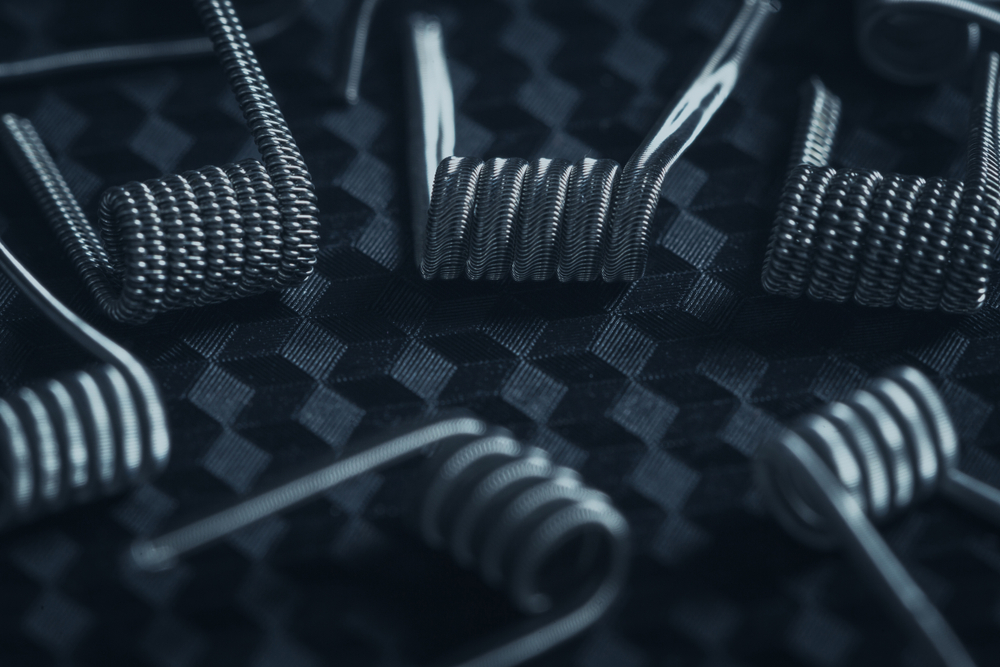
Balancing Heat Flux and Flavor Consistency
The gauge of the coil wire in a Pod Kit also affects conductivity, which in turn affects flavor consistency. Thinner gauges are lighter and heat up faster, making them ideal for flavor chasers who need immediate heat and minimal delay. For example, a 28 AWG nickel coil reaches 210°C in 200 milliseconds, intensifying mid-note flavors and boosting overall vapor sweetness. However, reducing thermal mass can lead to rapid overheating, risking burnt flavors and shortened coil life. Conversely, a thicker gauge (24 AWG) slows the heat-up rate, resulting in a smoother flavor profile over longer inhalations and fewer temperature spikes. Balancing rapid heating with stable heat retention is achieved with a dual-wire stainless steel coil, which reduces temperature fluctuations between puffs by 15% and preserves delicate top notes.
The Effect of Conductivity on Wattage and Flavor Extraction
Coil resistance is directly related to conductivity, which determines the optimal wattage range for a Pod Kit. Low-resistance coils draw higher currents, which increase heat output and vapor density. For example, a 0.35 Ω dual mesh coil at 35 W produces a fuller mouthfeel and richer mouthfeel, perfect for dessert-style juices. Therefore, higher currents increase heat flux, which intensifies flavor extraction. Additionally, maintaining resistance tolerances within ±0.02 Ω ensures that each Pod Kit batch delivers a repeatable flavor profile. Our chipsets calibrate themselves to detect coil resistance upon insertion and auto-adjust power for precise heat flux targeting. This intelligent resistance-based control maximizes flavor extraction while protecting the coil from damage caused by dry burning.
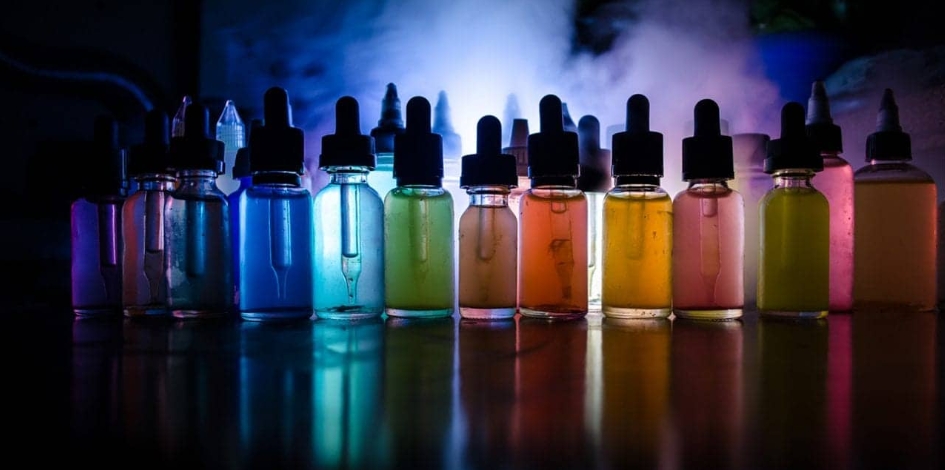
Temperature Control for Pod Kit
In Pod Kits with temperature control, we utilize the conductive properties of the coils to deliver a safer, flavor-accurate vaping experience. However, only materials with predictable resistivity profiles (nickel and titanium) are suitable for temperature control, so Pod Kits with temperature control can be set up with 100% nickel 200 or titanium coils to prevent dry burn and burn flavors. However, temperature control requires precise monitoring of resistance during each puff; therefore, we use a one mΩ resolution in resistance measurements to maintain stability. The temperature control cutoff temperature is set between 200 °C and 240 °C based on the established boiling point of the e-liquid to lock in volatile flavor compounds while preventing pyrolysis. TC mode ensures consistent heating and avoids coil overshoot. By combining conductivity-driven temperature feedback with preset limits, temperature-controlled Pod Kits consistently deliver clear, pure flavors.
The Role of Conductivity in Coil Life and Flavor Retention
Maintaining coil conductivity over time preserves flavors in Pod Kits. Flocculation of e-liquid residue during use can alter coil conductivity and compromise flavor. Additionally, moisture in PG/VG can affect heat transfer efficiency and cause sputtering. We recommend weekly 10W dry-burn cycles to incinerate dirt, followed by thoroughly rinsing the tank with warm water and air-drying to reset conductivity. And avoid continuous puffs that exceed the coil’s conductivity capacity to prevent overheating and conductivity drift. For mesh coils, we recommend lightly cleaning with a brush between uses. These practices ensure that each coil maintains its designed conductivity, extending its life by up to 30% and delivering a more consistent flavor throughout its lifespan.
Different flavors through different coil conductivity
Coil conductivity profoundly affects the flavor performance of any Pod Kit, shaping heat flux, flavor clarity, safety, and durability. Select coil materials with a specific resistivity, calibrate the wire gauge for optimal quality, and utilize advanced resistance-based power control to extract the peak flavor from e-liquids.

